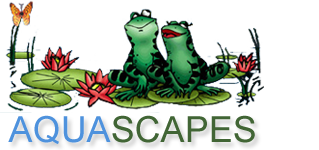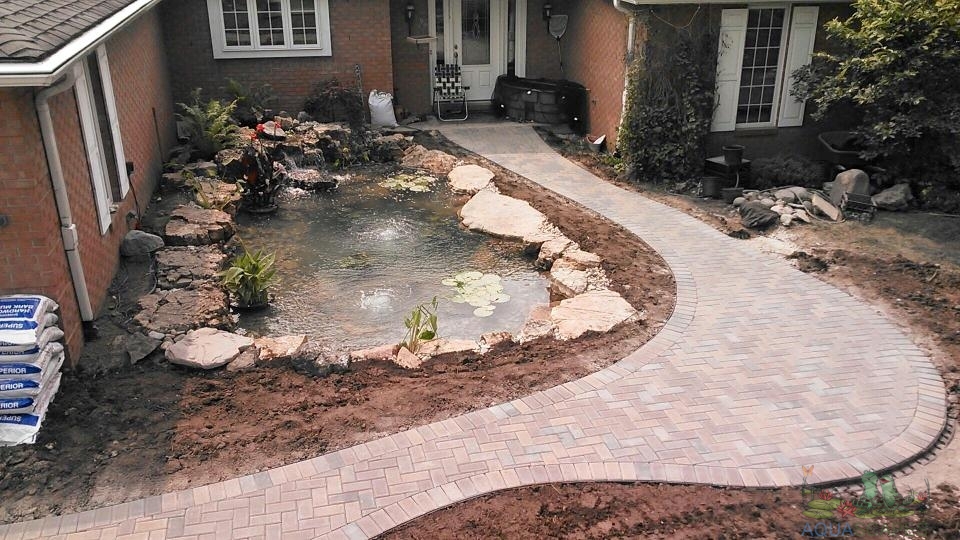Pond Designers Near Me
If you’re a pond builder, chances are that your company builds a waterfall or two. Waterfalls don’t come by every day and each waterfall project is unique because of the requirements placed upon it. The waterfall has to look good, but it also has to function well, so water energy has to be planned out from beginning to end. This can be tough if you have never designed a waterfall before because there are so many things involved, from water pressure and volume needed for power to environmental concerns about noise levels and fish health.
This article will help you with the waterfall design process so that whenever someone asks for assistance in building an outdoor waterfall they can trust you’ll provide advice on falls that provides both beauty and function
When pond designers choose between pond waterfall designs , they usually go for the one that provides both beauty and function with ease. While there are plenty of things that go into creating waterfall installation, here are three main elements that will help make your waterfall stand out among the rest:
The waterfall’s height
Not everyone wants to spend hours looking at their waterfall every day, so waterfall height is definitely something that pond waterfall designers take into consideration when waterfall installation. If you’re looking for a waterfall height that’s fun to look at but not too high, it might be best to install a waterfall with the top of the waterfall no more than 30 feet away from the waterfall’s bottom.
The waterfall’s width
Choosing between waterfall designs will require waterfall designers to determine which waterfall provides the most aesthetic appeal while also providing function. For example, if waterfall installation includes energy-efficient pumps, water levels may have to be higher in order to provide enough power for normal operation.
The waterfall’s design
Going back to aesthetics vs function, your pond visitors are likely going to judge your backyard on how well waterfall installation flows rather than waterfall height or waterfall width.
LIGHTING MATTERS:
Waterfall designers are also careful when pond designers try to determine waterfall lighting options. Waterfalls are naturally pretty on their own, but waterfall design can make your waterfall even more awesome with some simple lighting tricks. Just be sure not to include any bright lights near the waterfalls because they may interfere with nighttime visitors enjoying the waterfall’s beauty. A waterfall that is lit up at night will give you a chance to enjoy yourself while pond waterfall design installs it easily and doesn’t require too much of an investment in post-installation maintenance. Backyard waterfall designs are top quality for homeowners who want something custom-made by local professionals, so get in touch today!
Thanks for reading at Meyer Aquascapes! We hope you’ve enjoyed our post on garden pond design. Please leave a comment below if you liked it or have any questions. We’d love to hear from you! Thanks for stopping by!




